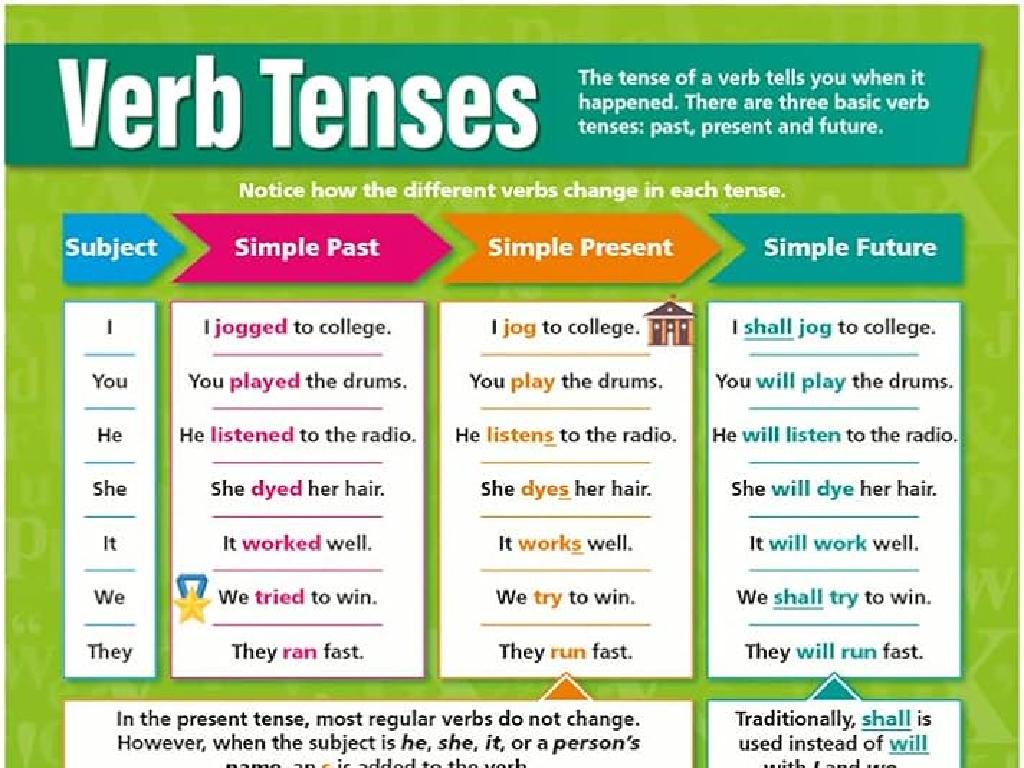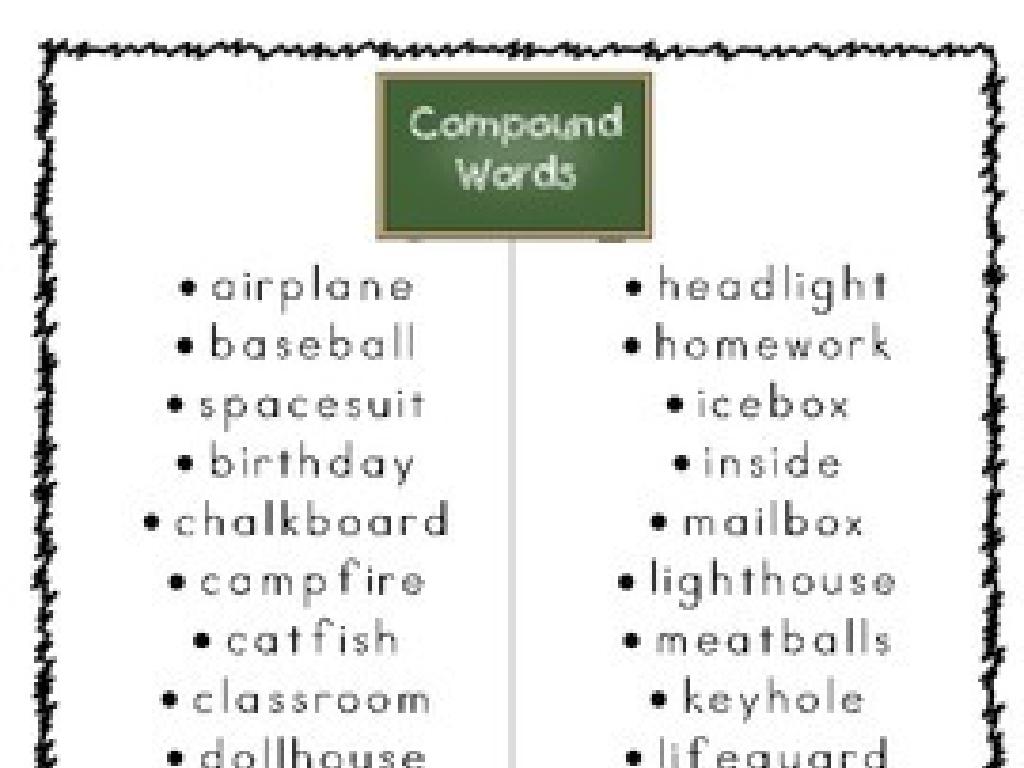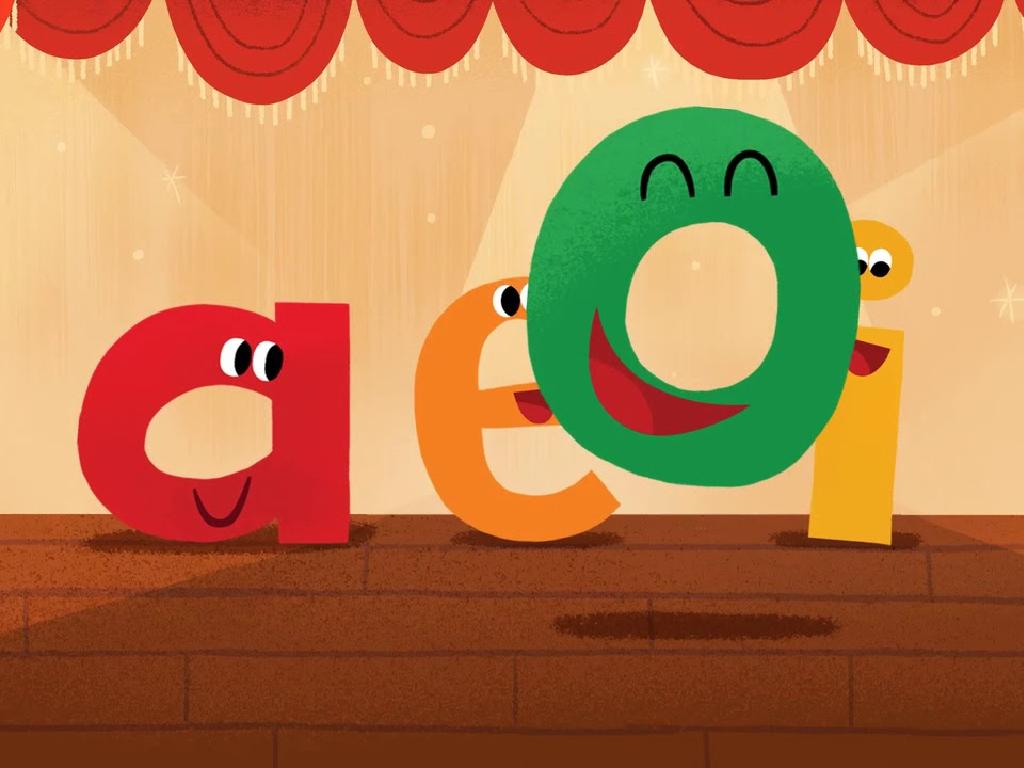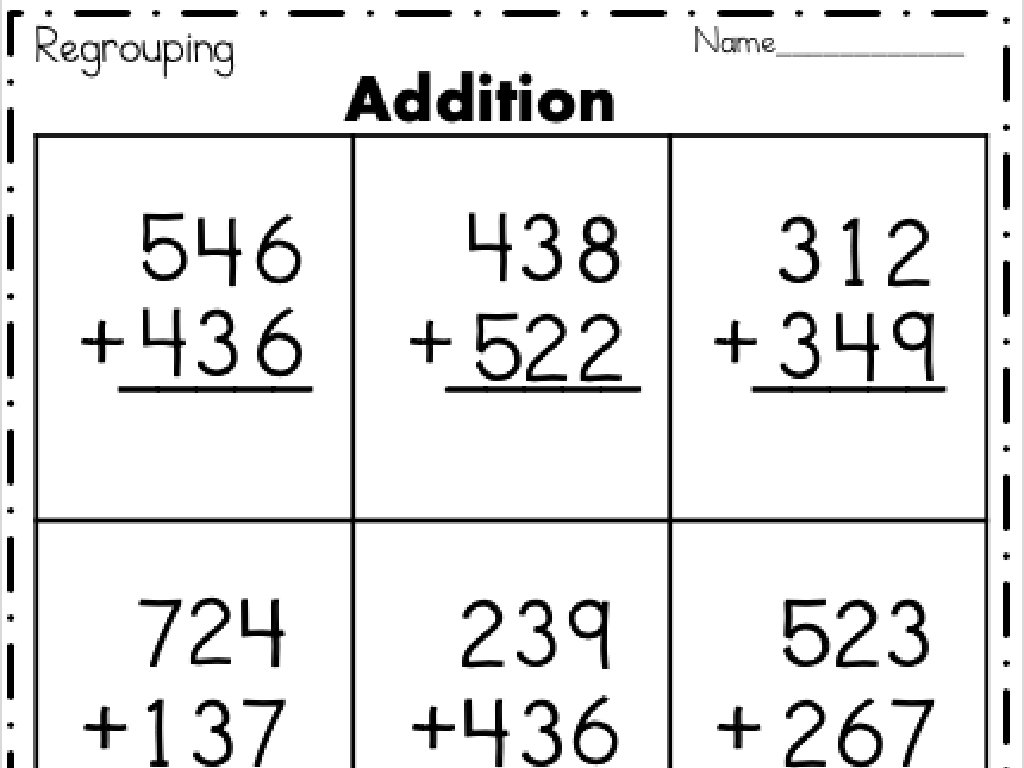Predict Forces Using Newton'S Third Law
Subject: Science
Grade: Eighth grade
Topic: Chemical Reactions
Please LOG IN to download the presentation. Access is available to registered users only.
View More Content
Newton’s Third Law in Chemical Reactions
– Newton’s Third Law basics
– For every action, there’s an equal and opposite reaction.
– Forces in chemical reactions
– During reactions, forces between molecules cause changes.
– Action and reaction forces
– Example: Gas production propelling a rocket.
– Law’s application in reactions
– Understand how this law predicts behavior in chemical processes.
|
This slide introduces Newton’s Third Law of Motion and its relevance to chemical reactions, a topic often not immediately associated with physics. Begin by explaining the basic principle of Newton’s Third Law, emphasizing the symmetry of forces. Discuss how forces are involved in chemical reactions, such as in the breaking and forming of bonds. Use the example of a rocket being propelled by the release of gases (action) pushing against the rocket (reaction) to illustrate the law’s application in a chemical context. This will help students to visualize and understand the concept of action-reaction pairs and how they can predict the outcome of chemical reactions.
Exploring Chemical Reactions and Forces
– Define a chemical reaction
– A process where substances change into new ones with different properties
– Everyday life reaction examples
– Baking bread, photosynthesis, rusting of iron
– Forces role in reactions
– Forces affect how particles interact during a reaction
– Newton’s third law application
|
This slide introduces students to the concept of chemical reactions, providing a definition and relatable examples that they encounter in their daily lives. Emphasize that a chemical reaction involves the transformation of substances into new materials with different properties, often releasing or absorbing energy. Highlight examples such as baking, where heat helps to transform dough into bread, or rusting, where oxygen in the air reacts with iron. Discuss how forces play a role in chemical reactions, with particles needing to collide with sufficient force to react. Introduce Newton’s third law of motion, explaining that for every action, there is an equal and opposite reaction, and relate this to the forces involved in chemical reactions. Encourage students to think of other everyday examples and consider the forces at play.
Newton’s Third Law in Chemical Reactions
– Action and reaction force identification
– For every action, there’s an equal and opposite reaction. Observe this in chemical reactions.
– Balanced forces in equations
– Equations must show reacting forces that are equal in magnitude and opposite in direction.
– Momentum conservation in reactions
– Reacting particles exchange momentum, but the total momentum remains constant.
|
This slide aims to explain the application of Newton’s Third Law in the context of chemical reactions. Students should understand that in every chemical reaction, there are forces acting on the particles involved. These forces are equal in magnitude and opposite in direction, which is why we see balanced equations in chemistry. The concept of momentum conservation is also crucial; despite particles reacting and changing direction or speed, the total momentum of the system is conserved. Use examples like the combustion of fuel in a car engine, where the expansion of gases (action) pushes the piston (reaction), and the balanced chemical equation represents the conservation of forces and momentum.
Newton’s Third Law in the Real World
– Rockets: Action-Reaction in Space
– Rockets expel gas backwards, pushing them forward even in the vacuum of space.
– Muscles & Bones: Movement
– Muscles contract to move bones, bones push back against muscles, enabling us to walk or run.
– Airbags: Safety Technology
– Airbags inflate by releasing gas, which pushes back against a person to cushion impact.
|
This slide aims to illustrate Newton’s Third Law, ‘For every action, there is an equal and opposite reaction,’ with tangible examples. Discuss how rockets use the expulsion of gas to propel themselves in space, a vacuum where no air is present to push against. Explain the interaction between muscles and bones, where force applied by muscles results in movement due to the bones providing an equal and opposite force. Highlight how airbags deploy using a rapid expansion of gas, which then provides a force to protect passengers during a collision by exerting an equal and opposite force against the person. Encourage students to think of other examples where Newton’s Third Law is at play in everyday life and to consider the implications of action-reaction forces in various fields of science and technology.
Interactive Demonstration: Action-Reaction
– Conduct vinegar and baking soda experiment
– Observe action-reaction forces
– Notice the fizz and release of gas; this is the reaction force to the mixing action.
– Discuss observations with class
– What did you see? How did the mixture behave?
– Relate to Newton’s third law
– For every action, there’s an equal and opposite reaction.
|
This slide sets the stage for a hands-on class activity where students will witness a chemical reaction and its physical manifestation of Newton’s third law. Provide each student or group with a small container, vinegar, and baking soda. As they mix the substances, they should observe the effervescence (fizzing) which is the reaction force to the action of mixing. After the experiment, facilitate a discussion to help them articulate their observations and understand how the forces they observed relate to Newton’s third law. Encourage them to think of other examples in their daily life where they can see this law in action. This activity will help solidify their understanding of action-reaction forces and the practical application of Newton’s third law in chemistry.
Class Activity: Newton’s Third Law in Action
– Form groups for balloon experiment
– Gather materials: balloons, straws, string, tape
– Construct a balloon rocket
– Attach a blown-up balloon to a straw on a string track
– Predict and record the rocket’s motion
– Consider action-reaction forces when predicting
|
This group activity is designed to demonstrate Newton’s third law: For every action, there is an equal and opposite reaction. Students will work in groups to construct a balloon rocket using the provided materials. The objective is to predict the motion of the balloon rocket based on the forces exerted. Teachers should guide students through the construction process, ensuring they understand how to set up the string track and attach the balloon. Once the rockets are constructed, students will make predictions about the motion and direction of the balloon when released, then test their hypotheses. Possible variations of the activity could include changing the amount of air in the balloons, using different balloon sizes, or adjusting the length of the string track to observe different reactions.
Conclusion: Newton’s Third Law in Chemical Reactions
– Recap of Newton’s third law
– For every action, there’s an equal and opposite reaction.
– Class activity outcomes
– How did the balloon rocket experiment demonstrate this law?
– Q&A to address doubts
– Emphasize law’s relevance
– Understand how this law applies in chemical reactions.
|
As we wrap up today’s lesson, let’s review the key aspects of Newton’s third law and how it applies to chemical reactions. Remember, this law tells us that forces come in pairs and that for every action, there is an equal and opposite reaction. Reflect on the class activity where we created balloon rockets to see this law in action. The reaction of the air escaping the balloon propelled it forward, demonstrating Newton’s third law. Now, let’s open the floor for a Q&A session to clear up any confusion. It’s crucial for students to see the connection between physical laws and chemical reactions, as it deepens their understanding of science as a cohesive subject.
Homework: Newton’s Third Law in Action
– Research real-world application
– Write about Newton’s third law
– Explore how action-reaction pairs occur in daily life or technology
– Prepare a short presentation
– Include examples like rocket propulsion, walking, or swimming
– Submission due next Friday
|
This homework assignment is designed to help students apply their understanding of Newton’s third law to the real world. They should research how the law is exemplified in everyday life or in various technologies and write a brief report on their findings. Encourage creativity and critical thinking by allowing them to choose an application that interests them. They will then prepare a short presentation to share with the class, which will help them develop their communication skills. The due date is set to give them enough time to research and prepare. As a teacher, provide guidance on how to research effectively and offer examples of applications to get them started.






